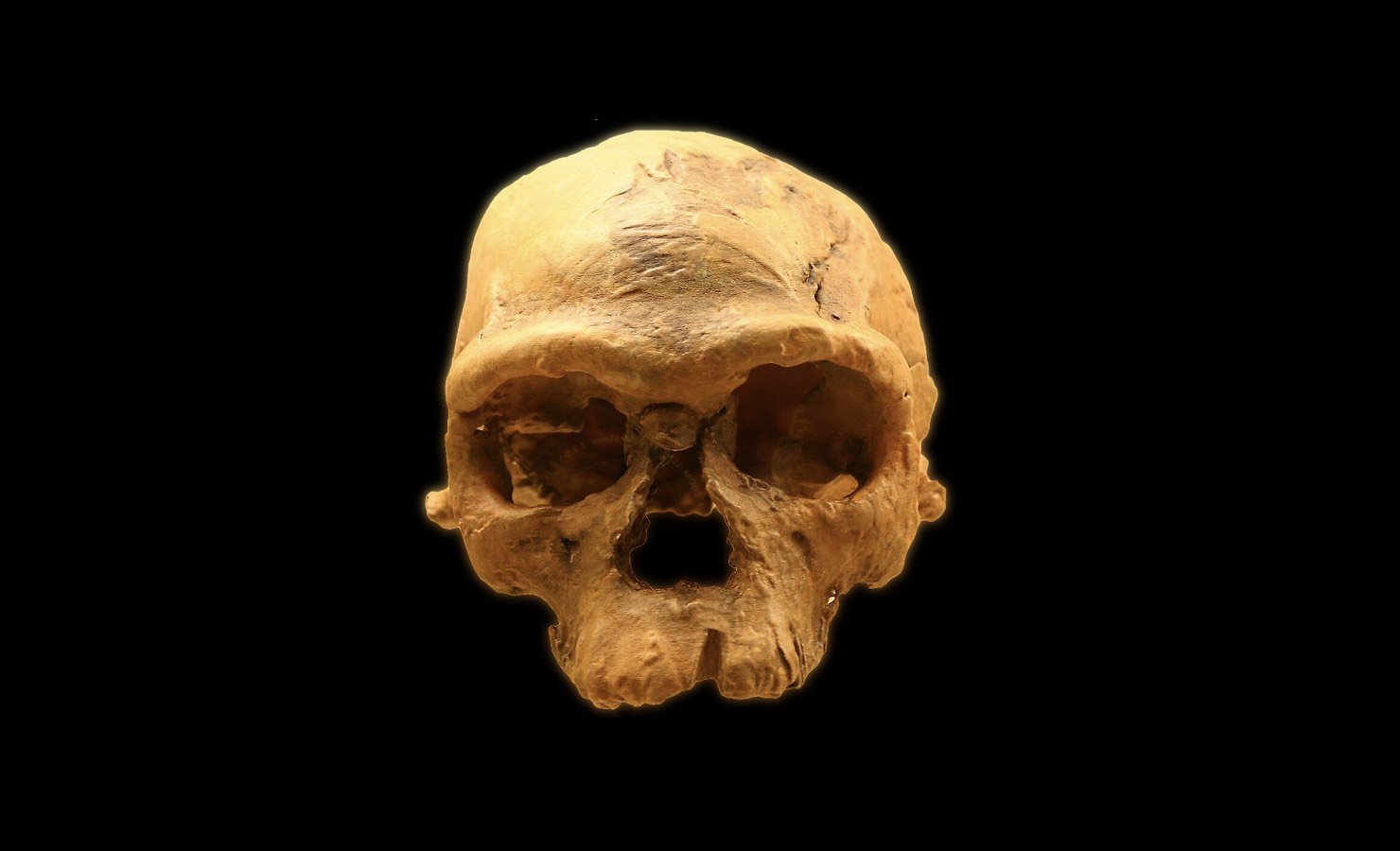Recent discoveries in the realm of ancient stone tool technology are causing scientists to rethink the cultural evolution of Homo sapiens during their expansion into Eurasia roughly 40,000 to 50,000 years ago.
A new study led by the Nagoya University Museum in Japan is challenging the widely held belief that Homo sapiens suddenly advanced past Neanderthals thanks to rapid cultural and technological breakthroughs.
Analysis of tool findings from the eastern Mediterranean suggests that modern humans’ cultural and technological evolution was a much more nuanced and gradual process.
“Results show that a major increase in the cutting-edge productivity does not coincide with the conventional Middle-Upper Paleolithic boundary characterized by the increase in blades in the Initial Upper Paleolithic,” researchers wrote. “It occurs later in association with the development of bladelet technology in the Early Upper Paleolithic.”
For decades, the narrative of human evolution has been punctuated by the assumption that a significant leap in stone tool production marked the cultural ascent from the Middle Paleolithic, broadly spanning 300,000 to 50,000 years ago, to the Upper Paleolithic era.
The Upper Paleolithic era, spanning from approximately 50,000 to 12,000 years ago, is often recognized as the dawn of “behavioral modernity”—a period when Homo sapiens started to set themselves apart from other species through abstract thought, symbolic behavior, and technological advancements.
This leap is widely believed to be marked by the advent of blade technology, suggesting a stark boundary between two phases of human evolution towards becoming the behaviorally modern humans of today.
However, a new study focusing on the efficiency of stone tool production—specifically, the length of cutting edges produced from raw materials—is challenging this traditional view.
Researchers analyzed stone tools found at various sites in the eastern Mediterranean region, particularly southern Jordan, covering almost 50,000 years. Geographically, this area was a crossroads where different groups of Homo sapiens might have met, mingled, and exchanged ideas and technologies.
Researchers say that by using a meticulous quantitative analysis to assess the productivity of stone tool assemblage, they were able to offer a more nuanced understanding of how our ancestors adapted and innovated over millennia.
The results, published in the journal Nature Communications, revealed Homo sapiens underwent a gradual and complex technological evolution that extended over a much longer timeframe than was previously recognized.
Contrary to the conventional belief that a significant increase in cutting-edge productivity coincided with the initial Upper Paleolithic period and the advent of blade technology, researchers say the enhancement in tool efficiency occurred later, during the development of bladelet technology in the Early Upper Paleolithic.
The research underscores a more gradual and complex innovation process rather than a sudden leap forward. It suggests that our Homo sapien ancestors were continuously experimenting and refining their tool-making techniques, leading to gradual improvements over time.
The findings also highlight the importance of bladelet technology—smaller, more refined tools that allow for greater efficiency and versatility. This shift towards miniaturization and optimization of resources reflects a sophisticated level of planning and foresight, traits that are hallmarks of modern human behavior.
The diversity of stone tool assemblages analyzed in the study also spotlighted the variability and adaptability of early modern humans to respond to different environmental and cultural challenges.
Researchers argue that these findings call for a reassessment of the traditional view that human technological progress followed a straightforward, linear path.
“We suggest that the MP (Middle Paleolithic)-UP (Upper Paleolithic) cultural transition was not a single sudden replacement, but it should be regarded as a more complicated evolutionary process involving multiple aspects, and their changes occurred over a long time at various times,” study authors wrote.
Ultimately, these revelations have profound implications beyond our understanding of our ancient ancestors’ cultural and technological evolution.
Understanding that early human innovation unfolded gradually over complex and extended periods, rather than in abrupt jumps, encourages us to reconsider how we view our current technological developments, like artificial intelligence (AI) and quantum computing. Instead of viewing these developments as monumental shifts that will redefine our civilization overnight, they may be seen in hindsight as incremental steps in the much broader arc of human evolution.
Just as the gradual refinement of stone tools played a critical role in shaping our ancestors’ development, today’s emerging technologies could simply be paving the way for future breakthroughs, contributing to an ongoing journey of discovery and adaptation that defines the human experience.
Tim McMillan is a retired law enforcement executive, investigative reporter and co-founder of The Debrief. His writing typically focuses on defense, national security, the Intelligence Community and topics related to psychology. You can follow Tim on Twitter: @LtTimMcMillan. Tim can be reached by email: tim@thedebrief.org or through encrypted email: LtTimMcMillan@protonmail.com

